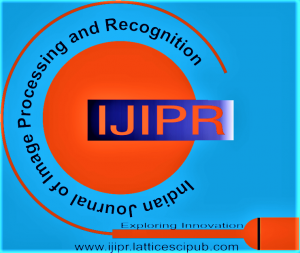![]()
On the Need of Quick Monitoring for Wildfire Response from City Halls
M. C. Proença
Maria da Conceição Proença, Department of Physics, Faculty of Sciences, Marine and Environmental Sciences Centre (MARE-ULisboa), University of Lisbon, 1749-016 Lisboa, Portugal.
Manuscript received on 16 February 2022 | Revised Manuscript received on 24 March 2022 | Manuscript Accepted on 15 April 2022 | Manuscript published on 30 April 2022 | PP: 1-4 | Volume-2 Issue-3, April 2022 | Retrieval Number: 100.1/ijipr.C1014042322 | DOI: 10.54105/ijipr.C1014.042322
Open Access | Ethics and Policies | Cite | Mendeley | Indexing and Abstracting
© The Authors. Published by Lattice Science Publication (LSP). This is an open access article under the CC-BY-NC-ND license (http://creativecommons.org/licenses/by-nc-nd/4.0/)
Abstract: This case study shows that the assessment of burned areas can be done with remote sensing data free of charges in a simple laptop. Describing the open-source software and the methodology step by step, we expect to make it available for county workers in areas attained by wildfires, where a quick response is much needed, as the availability of information is essential for the immediate planning of mitigation measures, such as restoring road access, allocate funds for the recovery of human dwellings and assess further restoration of the ecological system. The example used is a succession of wildfires in Portugal mainland during the summer of 2017, that kills more than 60 people and seriously damaged local resources. Wildfires devastate forest ecosystems, having direct impact on vegetation cover and animal population. The economic interest is also attained, as resin extraction ends and the pine wood burned become useless for the most noble applications, so its value decreased. The tools described in this paper establish a baseline for major changes in forest ecosystems recover and allows to target priorities. Moreover, the result allows the follow up of the surface fuel loading, enabling the targeting of restoration measures in a time basis planning.
Keywords: Burned Areas Assessment, Image Processing, Mitigation Planning, Remote Sensing.
Scope of the Article: Image Processing Applications
